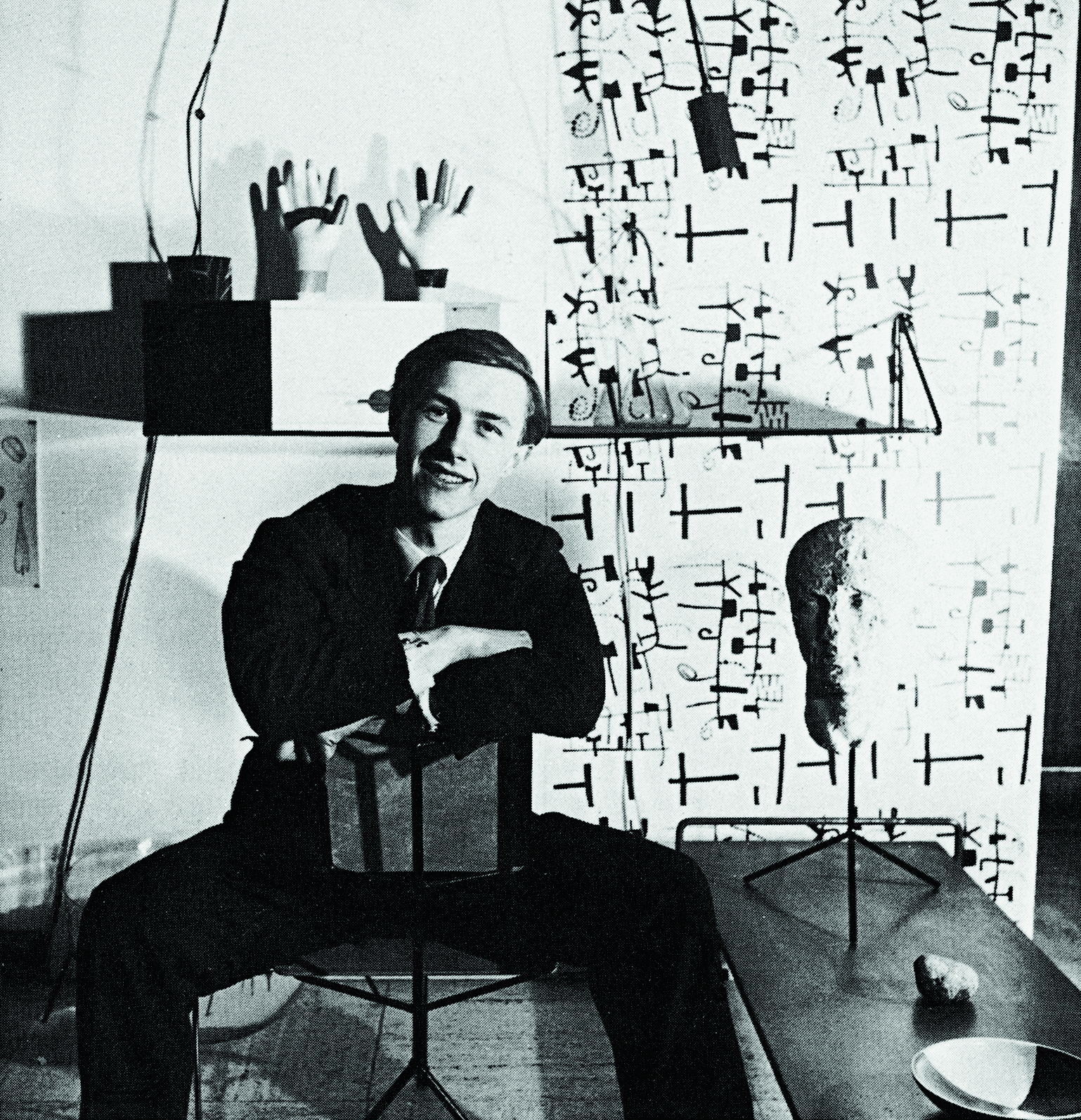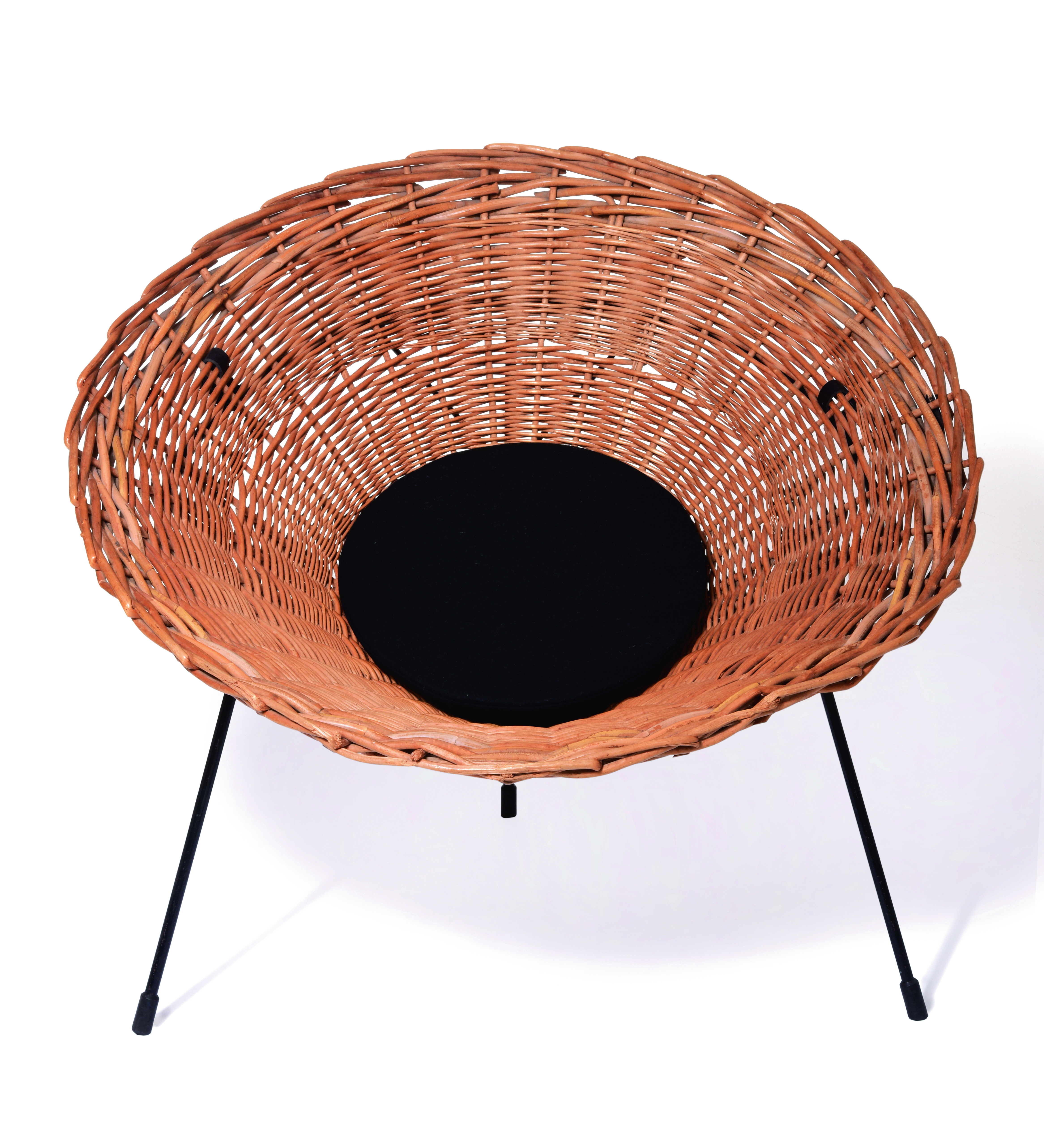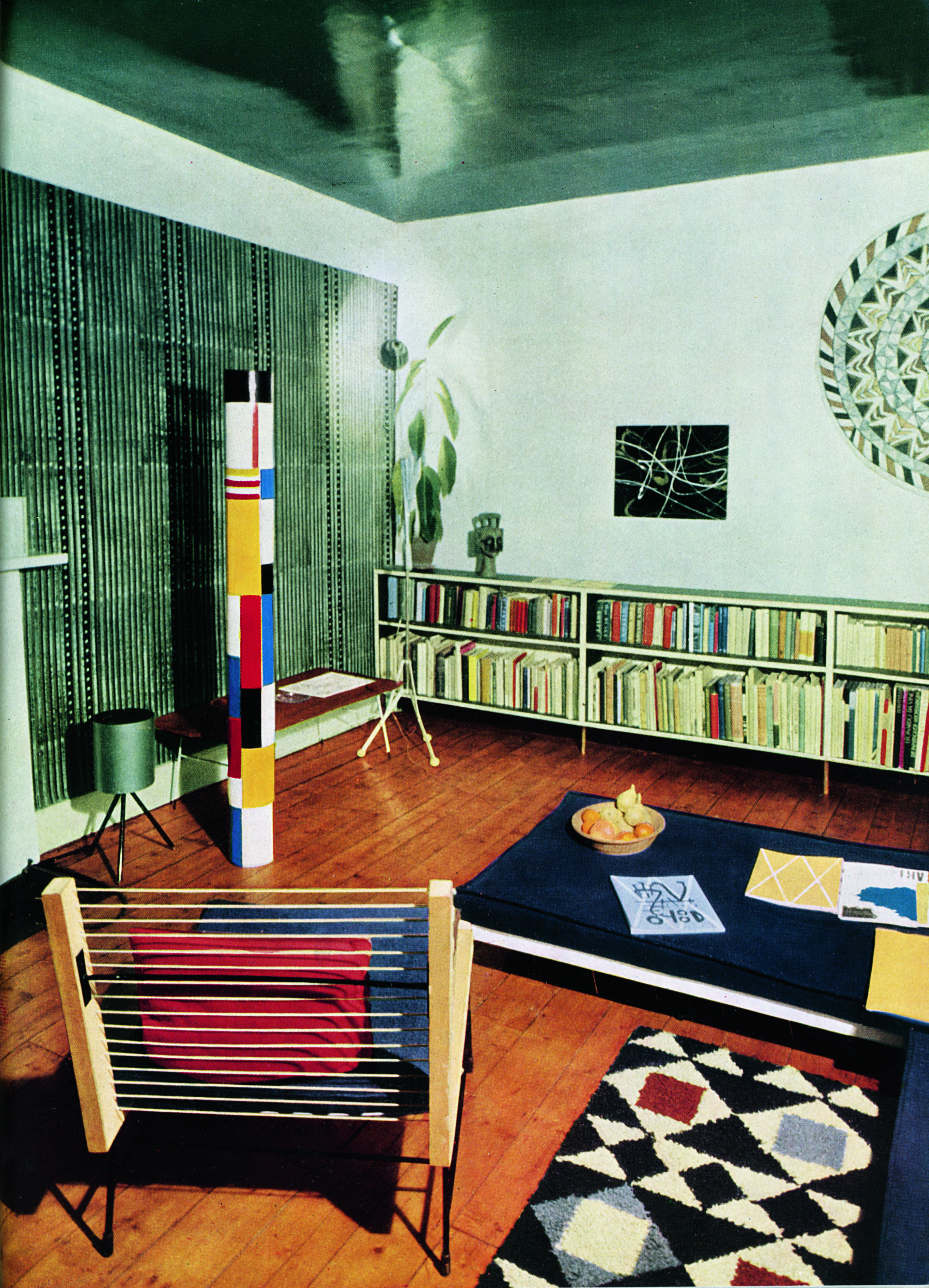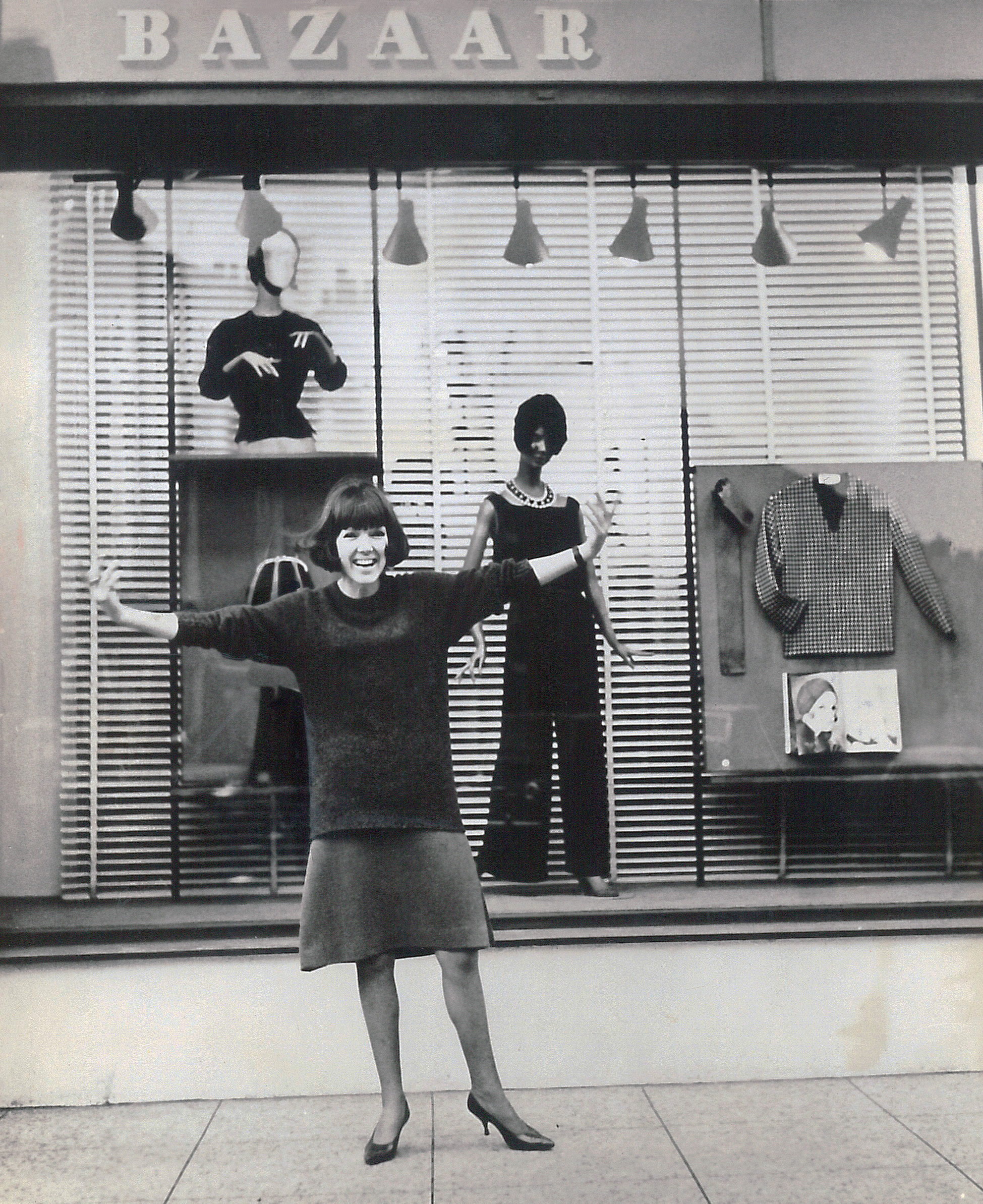Swinging London
Collezioni Haute Couture and Sposa n. 169
A Lifestyle Revolution
The revolutionary 1950s are relived in London in the Mary Quant and Terence Conran exhibition
The Swinging London: a Lifestyle Revolution exhibition, dedicated to the design and art of the Chelsea Set , a group of young architects, designers, photographers, and radical artists , was inaugurated in London at the Fashion and Textile Museum in February. Their ideas and artistic inspirations have redefined the concept of youth, fashion, design, and art in 1950s London. Mary Quant and Terence Conran were the city’s most important and well known representatives. The exhibition itinerary, through which you can admire clothes, fabrics, objects for the home, prints, furniture, and ceramics traces the years from 1952 to 1977 and not only represents the analysis of an era but, above all, the revolutionary impact that new trends have had from a socio-economic and cultural point-of-view. Besides the first and rare drawings by Conran and Quant, there are creations by avantgarde artists and intellectuals that revolved around them like the designers Bernard and Laura Ashley, the sculptor Eduardo Paolozzi, and the photographer Nigel Henderson. The exhibition explores the creation of pioneering stores, from the rebellious boutique of Mary Quant “Bazaar” (opened in 1955), to the Terence Conran Habitat (inaugurated in 1964). Innovative for the design, these spaces have promoted a new way of shopping and living, altering the traditional approach to sales, outraging the all-powerful French fashion establishment. With a detailed tableau layout, Swinging London allows us to rethink the origins of pop culture, and the artistic, cultural and market changes in the years that followed. The exhibition can be visited until 2 June 2019 at the Fashion and Textile Museum in London.
Terence Conran photographed by Michael Wickham at his first exhibition, ‘Ideas and Objects for the Home’, held at Simpsons of Piccadilly in 1952. Photo by Michael Wickham. Copyright Denny Wickham. Image(s) taken from Conran/Quant: Swinging London: A Lifestyle Revolution, published by ACC Art Books.
The flat of Colin St John Wilson, architect of the British Library, 1952, with furniture by Terence Conran. Photo by Michael Wickham. Copyright Denny Wickham. Image(s) taken from Conran/Quant: Swinging London: A Lifestyle Revolution, published by ACC Art Books.
The C.8 Cone chair, one of the most iconic of Conran’s early designs. Copyright Terence Conran. Image(s) taken from Conran/Quant: Swinging London: A Lifestyle Revolution, published by ACC Art Books.
Model wearing Pattern No. 3288, set against the Houses of Parliament. Taken from the feature announcing the launch of Quant’s designs for Butterick Paper patterns, August 1964.Photo by John Walcott. Image(s) taken from Conran/Quant: Swinging London: A Lifestyle Revolution, published by ACC Art Books.
Mary Quant outside her shop Bazaar on the Kings Road, 1960s. Vintage Publicity Photograph, Courtesy of a Private Collection.



